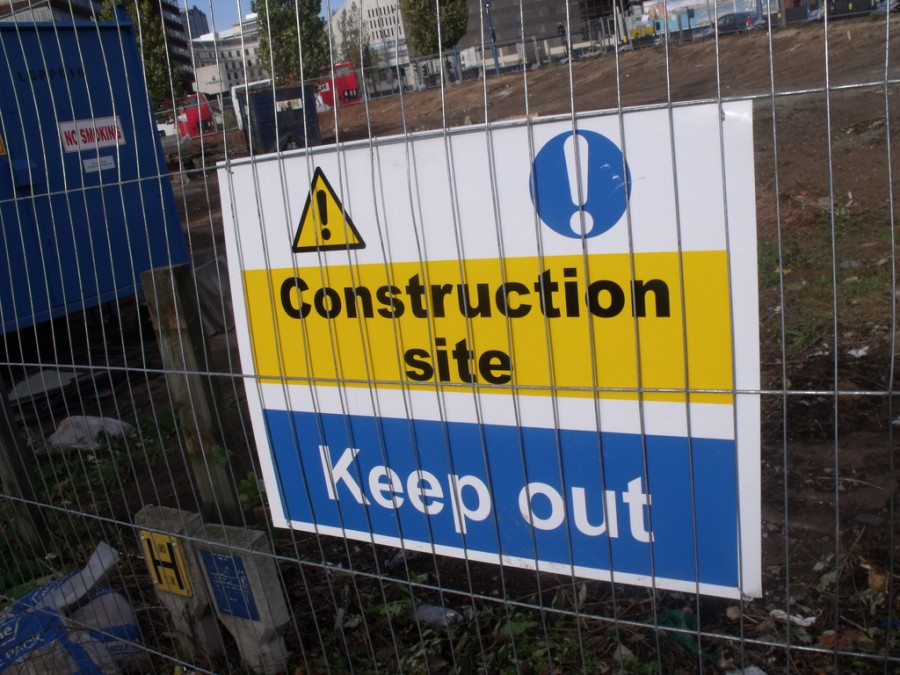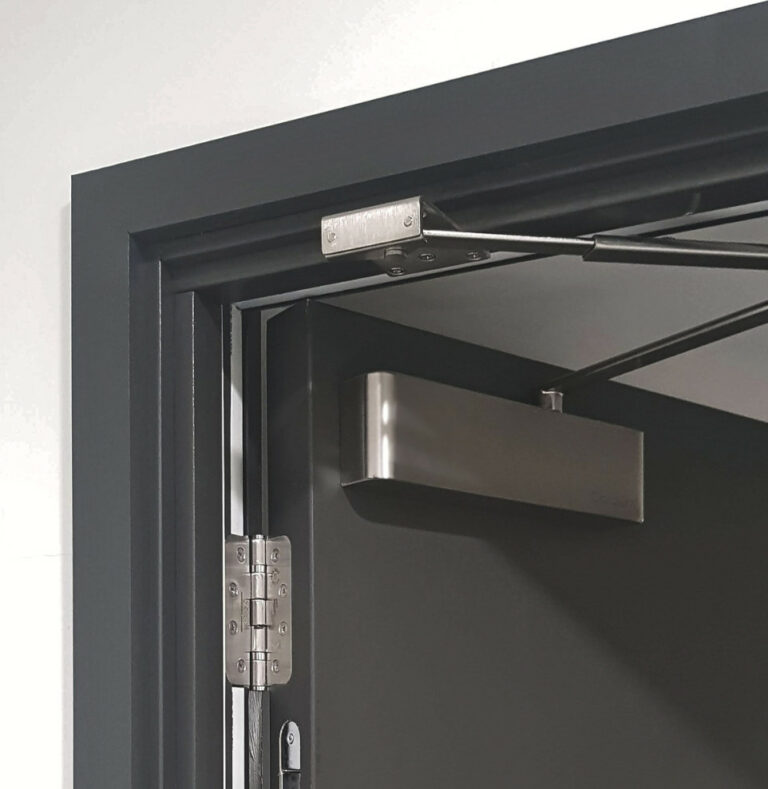Brussels, 3 February 2011 - Ozzano dell’Emilia, near Bologna, Italy - Completed in 2009, the Ozzano pilot housing project may be considered as one of the first examples of a ‘nearly zero-energy building’, in compliance with the tough new standards set out by the European Directive on energy performance of buildings (2010/31/EU). The construction and building sectors account for 30-40% of all energy consumption worldwide. To reduce this energy consumption and greenhouse gas emissions, new building design and smart use of construction materials must be put in place.
The challenge was to create a low energy-consumption housing complex that consumed less than 2 litres per square metre per year (‘2-litre houses’) of oil equivalent, for heating/refreshing and sanitary water, compared to the average consumption of existing Italian structures which is around 25 litres per square metre per year. Thanks to an informed choice of materials, largely reliant on the use of PVC, as well as technical and architectural solutions, the Ozzano pilot project in 2010 is already meeting the target, set out for 2020 by the European Directive, requiring all new buildings to be ‘nearly zero-energy’.
The Ozzano Project is comprised of five separate family houses and an experimental didactic centre. “What makes the project unique is the fact that in combination with the energy saving criteria, it also takes into account the environmental footprint of all of the materials and applications used as a fundamental principle of the design”explains Marco Piana Director, PVC Forum Italia. The monitoring of energy consumption of the Ozzano housing development, which will continue for five years from its launch, has already revealed that its energy production covers not only the 12-15 Kwh/m2/year for heat and hot water, but also around 80% of household electricity needs (taking into account the contribution from renewable sources).
The use of PVC in the Ozzano complex was an essential element in reducing energy waste and increasing the building’s comfort and sustainability. PVC, for example, was used for: roofing, waterproof membranes, window profiles, gutters, cable insulation, sewage and drainage pipes.
Lastly, the criteria of sustainability and recyclability followed for the selection of materials and components, appears to have made the Ozzano complex already compliant with the proposed EU Construction Products Regulation (CPR), which was voted on 24 November 2010 at the European Parliament’s Internal Market (IMCO) Committee.
For additional information and to watch the video, please visit: www.pvc.org



















